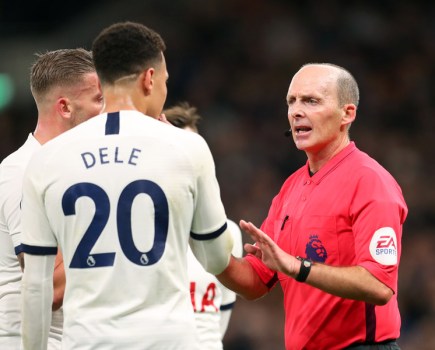Stones that the builder rejected. On the same Saturday, the irrepressible Jamie Vardy scored yet another goal for Leicester City.
While at West Ham, 33-year-old Rickie Lambert came on as a second half substitute, to equalise for West Bromwich Albion with an admittedly deflected shot, though he essentially made the difference to his team’s previously faltering attack and could well have had another goal all his own.
Meanwhile across London Charlie Austin came on as an early second half substitute – he had been resting an injured calf muscle – to galvanise a flaccid team, speedily score what proved to be the only goal of the game and very nearly head another.
What all three had in common is that they were essentially late developers, rejected early on by clubs which must now be deeply regretting that they let them go. Vardy’s career has been remarkable in that respect. His local club Sheffield Wednesday turned him down on the grounds that he was too small.
How often has one heard this story in football. So many years ago, when cigarette cards were in vogue, I possessed one featuring Frankie Broome, then of Aston Villa and capped in four different attacking roles by England.
“Too small and light said the London clubs,” ran the text on the back of the picture card, “when they saw Frank Broome playing for his local club Berkhamstead Town, but Villa decided to take a chance.” And how it paid off!
Arriving as a right-winger, Broome excelled when moving into the centre of attack late in the game and Villa roared back into the First Division. That was in the 1930s, but even after the Second World war Broome was playing effectively on the left wing in the top division for Derby County.
Vardy as we know drifted from club to non-League club but the 30 odd goals he scored in just one Non-League season for little Fleetwood Town – who attained the Football League in consequence – could hardly be ignored. It was Leicester who at last had the sense to sign him and the rest as they say is history.
Lambert, a Liverpudlian, was turned down by Liverpool and at one point found himself doing a menial job, far outside of football. Vardy himself as we know had been doing back breaking manual work as a part time player. But Lambert persisted, eventually found his way into league football with Swindon Town, thence to Southampton, a profusion of goals including one on his debut for England at Wembley.
In the same context one thinks of Ian Wright, playing for little Non-League South East London club Greenwich Borough when Crystal Palace finally signed him up, and in next to no time he was coming on at Wembley in the FA Cup Final as a dazzling right flank substitute against Manchester United, scoring twice to force a 3-3 draw. Later to score a plenitude of goals for Arsenal and be frequently capped by England.
Today it is harder than ever for a late developing player to make his way into major English football, first because young players are now scooped up at a ridiculously early age, which may be as little as nine or ten years old, secondly because the leading clubs so often decide to spend huge sums of money abroad but often with negative results.
Just look at abject Newcastle United today, a club with a team full of expensive and ineffectual foreigners, once so famous for exploiting the right natural talent of North East England. One remembers that Alan Shearer, ignored initially by the Newcastle United club he had aspired to since boyhood, born so to speak, on the doorstep, but ignored by the Magpies; and obliged to go hundreds of miles South to play for Southampton, scoring a hat trick against Arsenal on his debut. And only years later achieving his ambition to lead the Newcastle United attack as a regular England international.
At least the glittering success of Vardy with Leicester may seek to inspire young non-League players of the present, and encourage clubs to look away from Europe and South America, and more closely at local talent. But awash with money from television rights as the Premier League clubs are, perhaps this is still asking too much.
The Arsenal Stadium Mystery was a mediocre pre war detective story which was made into an equally mediocre film, though it allowed the Gunners’ manager, George Allison, never popular with his players, to give an impressive performance.
Today there are other Arsenal mysteries. Why is such a plethora of injuries afflicting player after player? Martin Keown, an ex Gunner defends his old club but a Dutch fitness expert, Raymond Verheijen, has queried the unhappy trend and blamed it on coach Arsen Wenger.
And then there’s the virtual owner Stan Kroenke who takes £3 million a year out of the club. Why, pertinently asked shareholders at the recent annual meeting, to be sharply admonished by Sir Chips Keswick, presiding over it, who threatened to close the session.
Why indeed? Kroenke, something of an absentee landlord, allegedly offers precious advice. What?








